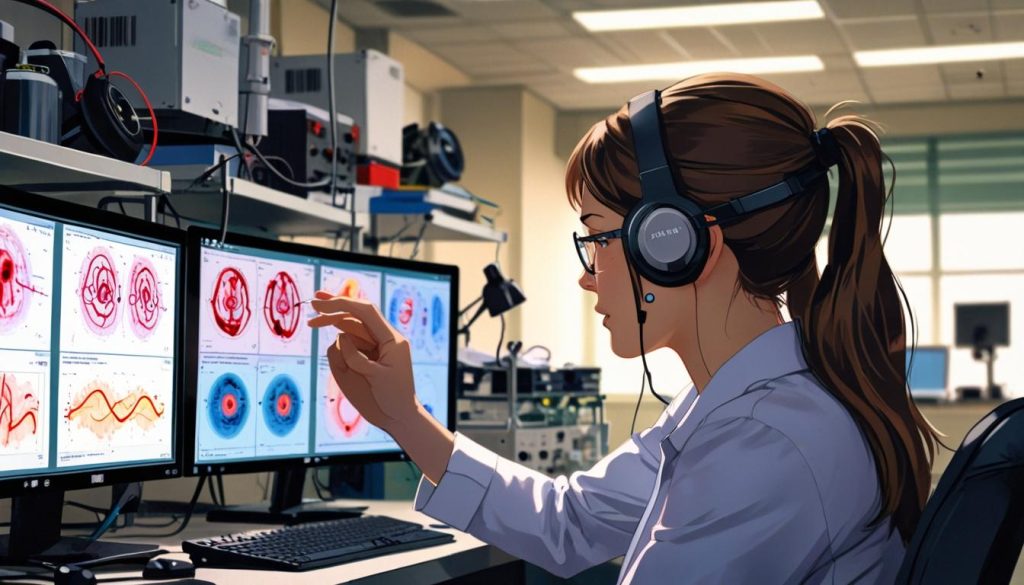**New York**: Researchers at the University of Rochester, led by Edmund Lalor, study how the brain handles complex audio-visual information in noisy settings. Their findings aim to enhance understanding and technology for individuals who are deaf or hard of hearing, particularly in light of challenges seen during the COVID-19 pandemic.
Researchers at the University of Rochester are currently investigating the mechanisms by which the human brain processes complex audio and visual information, particularly in noisy environments where multiple conversations are occurring simultaneously. This groundbreaking study aims to understand how individuals can focus on a specific speaker despite the distractions around them.
Leading this research is Edmund Lalor, an associate professor of neuroscience and biomedical engineering. He articulated the broader goal of their studies by stating, “We’re very interested in how the human brain processes the world around us in general, particularly how we pay attention to things in the real world, and how we process things like speech and music.” His team is specifically studying the dynamics of conversation, with a particular focus on the integration of visual cues—such as lip reading—to enhance speech comprehension.
At the core of this research is the measurement of brain waves, which are indicative of the brain’s electrical activity. Lalor explained, “It measures electrical voltage signals that are coming off your scalp as your brain is busy underneath. And by looking at how the fluctuations in those voltages change over time and relating that to whatever the person’s doing at that time, we can actually try to infer something about how brains are functioning.”
The impetus for this research can partly be traced back to the challenges presented during the COVID-19 pandemic, when masks obscured visual cues critical for understanding speech. “We got particularly interested around the time of COVID, when everybody was wearing masks and it was much harder to hear them,” Lalor remarked. The research team is now focusing on individuals who are deaf or hard of hearing, specifically recruiting 250 participants with cochlear implants. These participants will be equipped with EEG caps to assess their brain responses in various auditory situations.
The University of Rochester has secured a significant grant of $2.3 million from the National Institutes of Health (NIH) to support this research over the next five years. Notably, this follows a period during which the Trump administration had suspended NIH grant reviews, prompting concerns among the scientific community. Nevertheless, Lalor reassures that the funding for this project is secure, allowing them to continue their research as planned.
Lalor highlighted the complexity of understanding speech perception, noting that while it may seem intuitive, the brain’s processes involved are not yet fully understood. He stated, “You can understand it, but actually in the brain, we don’t really know how that works because the visual system is at the back of your brain and the auditory systems off to the side. So, how those signals actually come together in your brain to help you understand things is something we don’t really understand.”
The implications of this research could be substantial, potentially leading to advancements in hearing aids and other auditory devices tailored for individuals who are deaf or hard of hearing. Lalor expressed his aspiration to translate the fundamental scientific findings into practical applications, stating, “I want to try and see if I can make an impact, and that has motivated a lot of this recent effort to translate the basic science work we’ve been doing into these clinical populations.”
Through this research, the University of Rochester aims to unravel the complexities of auditory processing, offering hope for improved communication strategies and technologies for those with hearing impairments.
Source: Noah Wire Services





